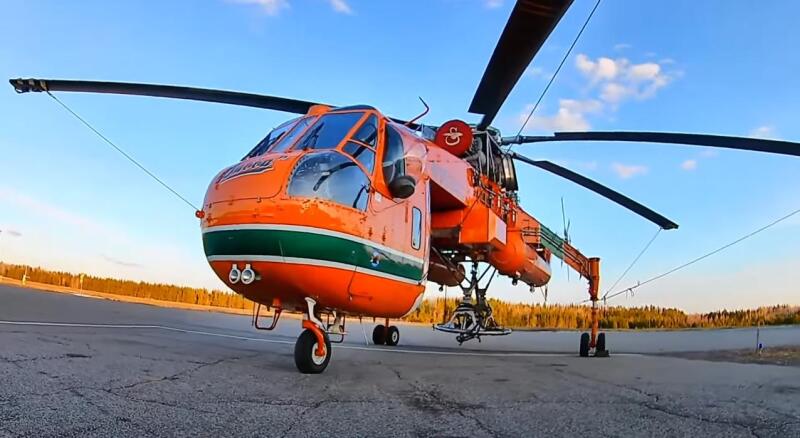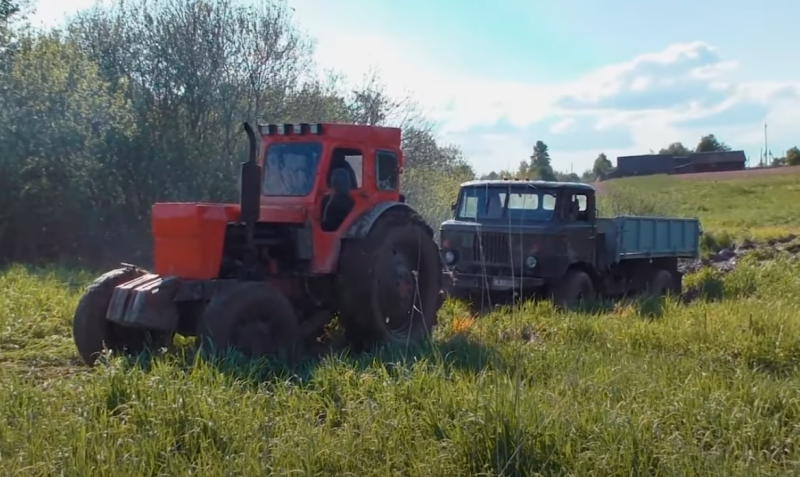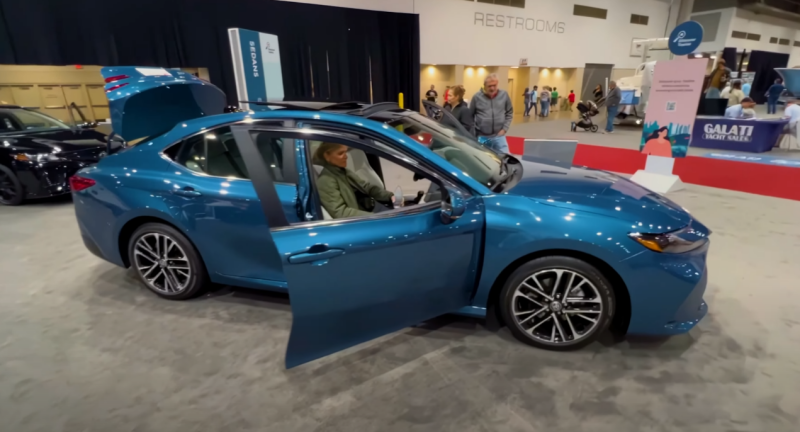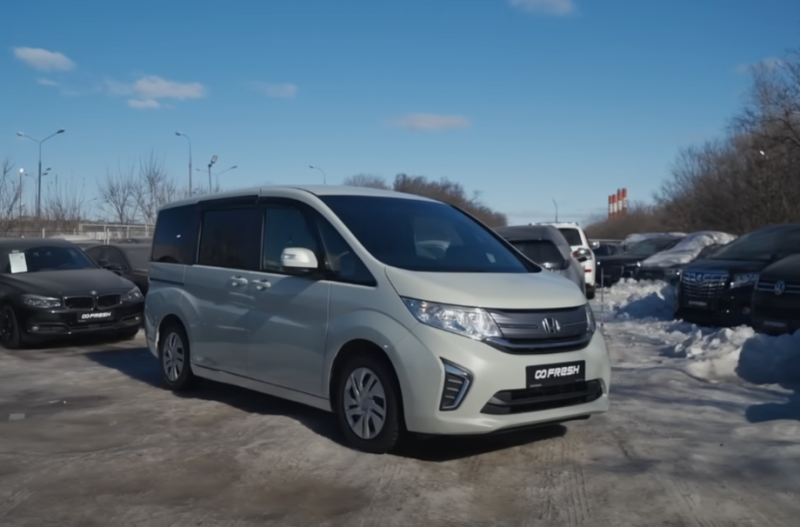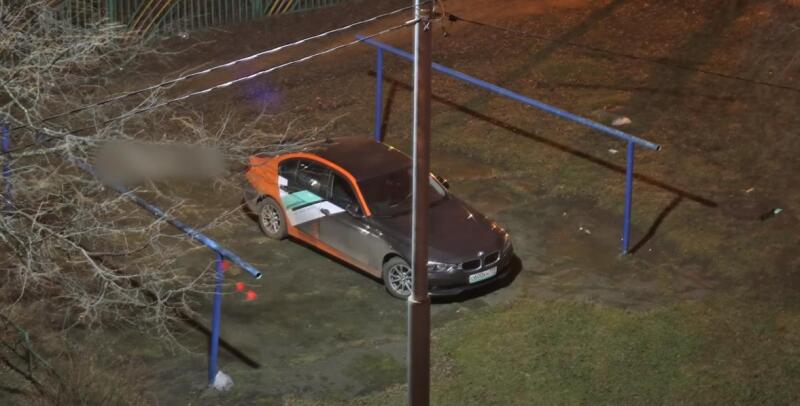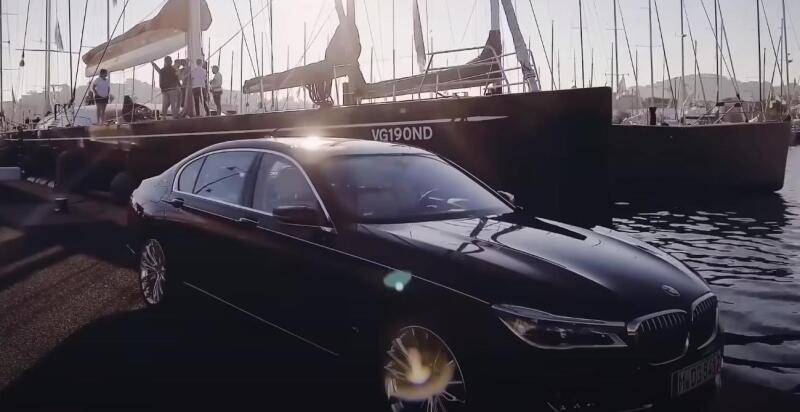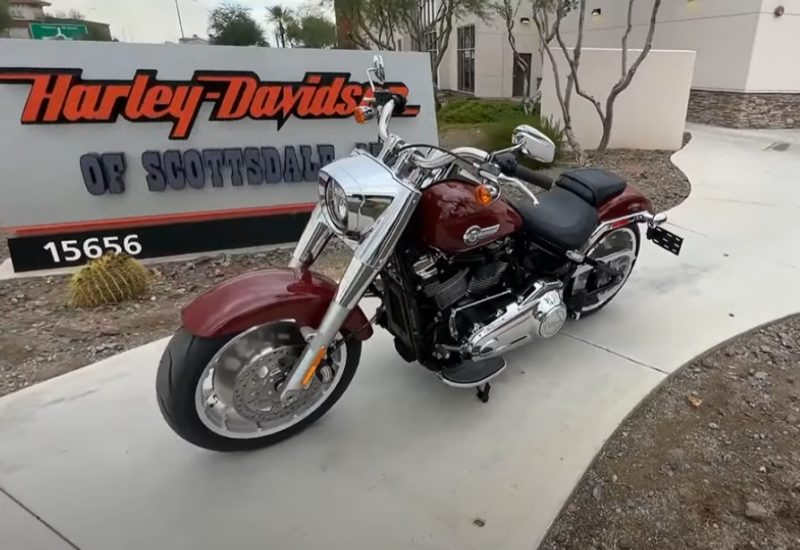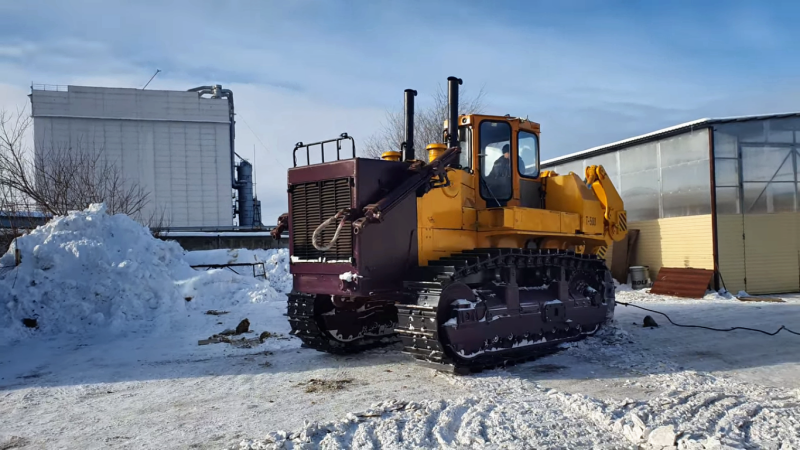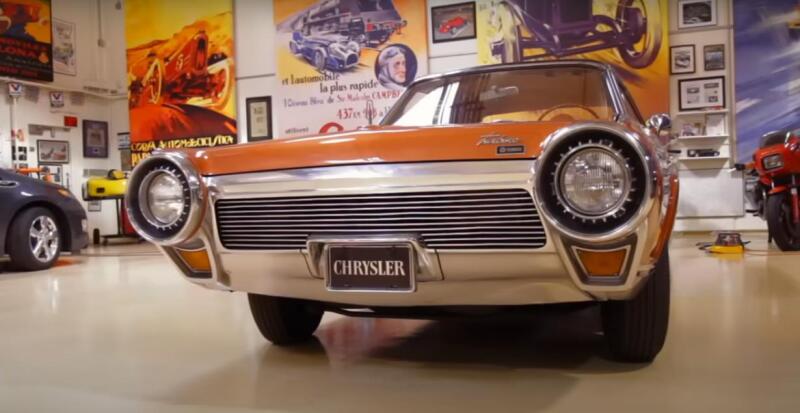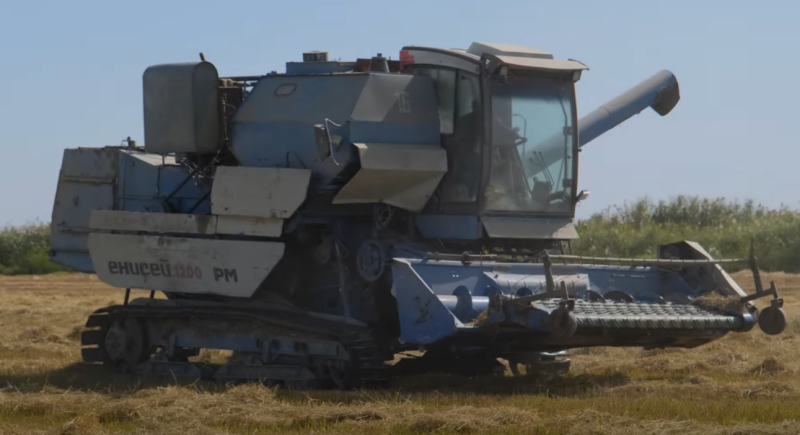The helicopter was tested in full. First, they checked the carrying capacity: it amounted to 5,5 tons. Containers were specially developed for the air crane, with which it was possible to transport equipment, machinery and people.
 The predecessor of Sikorsky's "heavenly crane" is the S-56 heavy helicopter. Photo: YouTube.com
The predecessor of Sikorsky's "heavenly crane" is the S-56 heavy helicopter. Photo: YouTube.comIn the latter case, the module is equipped with ventilation, lighting, a pair of doors. Finally, the car also made a flight 5 thousand km long.
series
Despite positive test results, the S-60 did not satisfy the military due to insufficient payload capacity. The built machine remained a flying laboratory. However, Sikorsky was not at all upset and immediately began to improve his development. Now the German side, which was also interested in a heavy helicopter, participated in the project. To a large extent, this was facilitated by the son of the designer, Sergei, who lived in Germany and was a sales representative of the Sikorsky Aero Engineering Corporation.
 Initially, the CH-54 was intended only for the military. Photo: YouTube.com
Initially, the CH-54 was intended only for the military. Photo: YouTube.comIn 1962, the helicopter with the S-64 index was ready and took to the skies for the first time in May of the same year. It was assumed that the machine would be capable of transporting goods weighing from 6 to 9 tons over a distance of 85-340 km.
About construction
As you can see from the photo, she was not quite ordinary. The fuselage is made in the form of a long beam, smoothly "turning" into the tail. A winch was placed under the main screw, and special grips were installed on the sides. Their role is to secure containers and cargo under the fuselage. Cabin - in front of the car. At the same time, in addition to the pilots, there is an operator inside, whose seat turns 180 ° to observe the cargo through the transparent rear wall. The powerful chassis consists of three non-retractable racks: one in front and two on the sides. For reliability, a retractable support was mounted from the bottom of the tail.
 The helicopter did not hit the civilians right away (the inscription on the tail is “forester”). Photo: YouTube.com
The helicopter did not hit the civilians right away (the inscription on the tail is “forester”). Photo: YouTube.comThe ground clearance of the car is 2,74 m. The suspension struts are designed in a special way. When loading, the helicopter could "crouch" by 20 cm to make it easier to hook the container.
Compared to the distant predecessor of the S-56, a number of changes have been made. for example, a rectangular screw became six-bladed, all-metal, made of aluminum alloys.
Power point
This is a pair of Pratt & Whitney JFTD12A-4A gas turbine engines, each of which produced 4500 “horses”. In addition to them, an additional Solar unit was installed, which served as a turbo starter and developed 71 hp. With.
 Engines can be 4500 or 4800 hp. With. Photo: YouTube.com
Engines can be 4500 or 4800 hp. With. Photo: YouTube.comA pair of fuel tanks, designed for 3328 liters of fuel, were located behind the main gearbox (an additional tank of 1662 liters can also be installed).
Production and operation
The first deliveries went to the army: the “sky crane” showed excellent results and the military ordered six more copies. At this time, the Americans were fighting in Vietnam and the S-64s were very useful when it was necessary to take out defective aircraft. The novelty received the designation CH-54A. Later bought another 60 pieces. After that, the manufacturer began to produce helicopters for peaceful purposes.
 The latest S-64 models feature state-of-the-art control systems. Photo: YouTube.com
The latest S-64 models feature state-of-the-art control systems. Photo: YouTube.comOn the CH-54V - modifications of the S-64 with more powerful, 4800 hp each. With. engines (from the same company), a world record is set. A load weighing 3,307 tons was lifted at km 15, and 7,778 tons at km 5.
The civilian version received the S-64E index. By this time, a lot of military helicopters of the CH-54A and 54B brands began to be written off and civilian companies willingly bought them. Main parameters of S-64:
✅ diameter of the main screw, length and height - 21,95 m, 21,41 and 5,66 m
✅ empty weight (maximum takeoff) - 8,724 tons (19,051 tons)
✅ average and maximum speed - 169 and 202 km/h
✅ ceiling - up to 3,2 km
✅ range - 370 km
The crew consisted of two pilots and an operator controlling the external suspension. In total, taking into account all the modifications, Sikorsky Aero Engineering Corporation produced 99 units of equipment. In the US Army, "flying cranes" were in service until the 80s. Today, all machines that have not yet exhausted their resource are in the possession of civilian operators.
Since 1992, Erickson Air-Crane has been building these machines. She produced two versions of the helicopter.
 On the tails of helicopters produced by Erickson, the corresponding inscription flaunts. Photo: YouTube.com
On the tails of helicopters produced by Erickson, the corresponding inscription flaunts. Photo: YouTube.comThe first - S-64E was the base model. The second - S-64F was an aircraft with more powerful engines (used to extinguish forest fires). The company did not just produce a ready-made aircraft. 1350 changes were made to its design. Produced by Erickson Air-Crane, the helicopter was willingly bought and leased by South Korean, Australian and Italian firefighting emergency services. Some machines were even used for logging.
 The helicopter collects water to extinguish the fire. Photo: YouTube.com
The helicopter collects water to extinguish the fire. Photo: YouTube.comThe builders did not lag behind: one of the cranes was used during the construction of the CN-Tower in Toronto, Canada. It is curious: the Ericsson company gave its own names to its cranes. For example, the tower mentioned above was lifted by the Olga helicopter. And then there was Elvis, Isabelle, Christina, Aurora and The Incredible Hulk. However, there is a tradition of naming aircraft in Russia too: remember, for example, the Tu-160.
Common Sky Crane Problems
Yes, there were a number of examples of the successful use of helicopters of this type. However, from an economic point of view, their use was not always justified. For example, to the location of the cargo often had to fly empty.
 This is what an empty helicopter looks like. Photo: YouTube.com
This is what an empty helicopter looks like. Photo: YouTube.comIt also happened that there were no containers of the required dimensions nearby. A special “container” 8,36x2,69x1,98 m was made for the helicopter (22 pieces were delivered to the army). Sometimes it turned out to be more profitable to use the services of conventional fuselage vehicles with external suspension. The "flying crane" justified itself only where it was necessary to lift heavy loads a lot and often. For example, during the construction of some large high object.
Incidents
In total, more than a hundred helicopters were built and only four cases were officially recorded in the civilian field. Three of them are related to firefighting, when the helicopter was unable to return to base due to technical malfunctions. One occurred as a result of piloting errors.
 Putting out a fire is a dangerous job. Photo: YouTube.com
Putting out a fire is a dangerous job. Photo: YouTube.comThe experience gained during the construction of the S-56, S-60 and 64 allowed Sikorsky's firm to design more payload helicopters in the future. In 1960, the S-63 project appeared, lifting 18 tons, in the 61st - DS-103, capable of carrying up to 40 tons, there was talk of creating a machine for transporting 80 tons. However, all these developments were never implemented. The Vietnam War required a lot of light helicopters, which is what the state did, ordering an incredible number of Apaches and the like. Civil customers were supposed to financially support the construction of heavy "flying cranes". But there were none.
Sikorsky's successes in the field of designing heavy helicopters stimulated developments in this direction in other countries, including the USSR. The Kamov and Mil design bureaus also worked, creating high-capacity rotorcraft. But what about the S-64? Despite its more than half a century of history, it is operated to this day.
